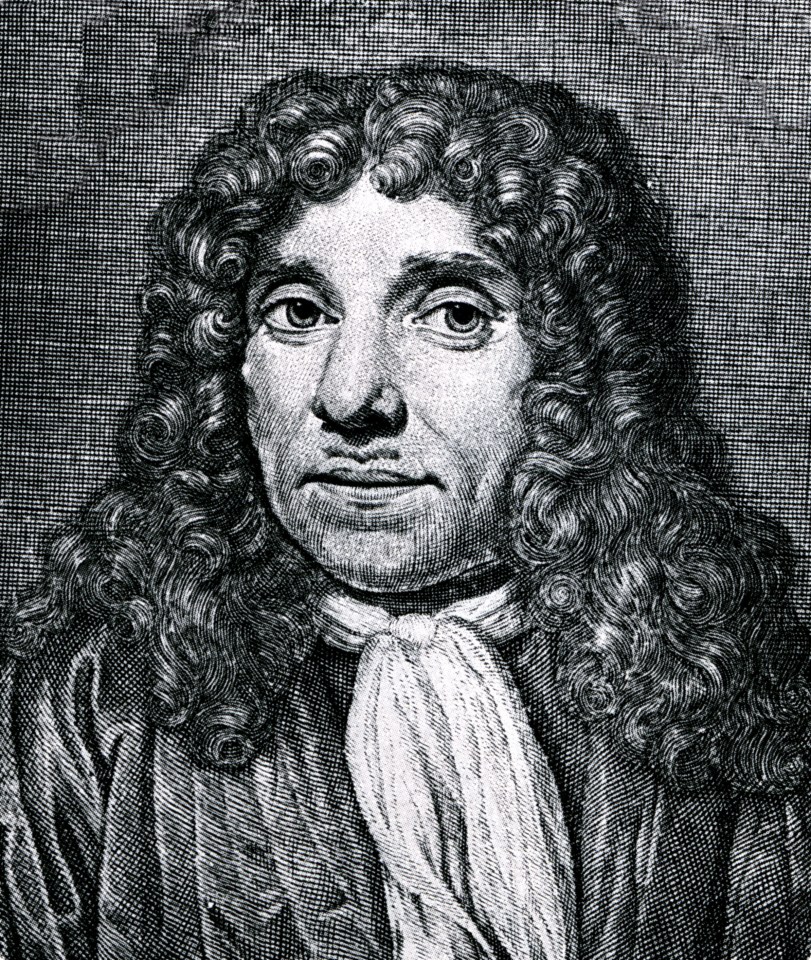Who was Antoni van Leeuwenhoek? Microbiology inventor’s 384th birthday marked by Google Doodle

THE scientist whose revolutionary techniques introduced the world to microbiology has been remembered by Google.
Antoni van Leeuwenhoek used special magnifying glasses in the 17th century to observe single celled organisms for the first time.
He also first recorded and observed muscle fibres, bacteria, sperm, and small blood vessels.
The search engine marked his 384th birthday on October 24th with a special trademark doodle.
Born in the Netherlands in 1632, Leeuwenhoek was an unlikely inventor as the son of a basket maker.
He became a cloth merchant apprentice and began his own drapery business.
But his passion was for microscopes.
Despite having no formal education or fortune, he began experimenting.
In 1668 he learned how to grind lenses making simple microscopes.
By using a small rod of soda lime glass in a hot flame, he could pull the hot sections apart to create whiskers of glass.
After reinserting the whisker into a flame he was left with a high quality glass sphere.
Compound microscopes had been invented in the 1590s nearly forty years before Leeuwenhoek was born.
However they were only capable of a magnification of 20x or 30x, whereas Leeuwenhoek's simple magnifiers achieved 200x.
He began sending his observations of single celled organisms to the Royal Society of London which verified his observations.
He wrote approximately 560 letters to the society and institutions over 50 years detailing his observations.
In 1676, he first discovered bacteria in water and a year later observed spermatozoa, concluding eggs were fertilzed when entered by sperm.
Leeuwenhoek died aged 90 on August 26, 1723. He was buried in his hometown of Delft, Netherlands.
The exact spelling of his first name is unknown with variations including Anton, Antonie and Antony.
Since the first Google Doodle in 1998 there have been over 2,000 doodles on the Google homepage around the world, including an animated one to celebrate the company's 18th birthday.
READ MORE
Google Doodle marks The Neverending Story’s 37th anniversary in tribute to Michael Ende’s 1979 children’s classic
Mary Seacole honoured by Google Doodle – here’s what you need to know about the Crimean War heroine
From Antoni van Leeuwenhoek to Mary Seacole – what is the history of the Google Doodle?











